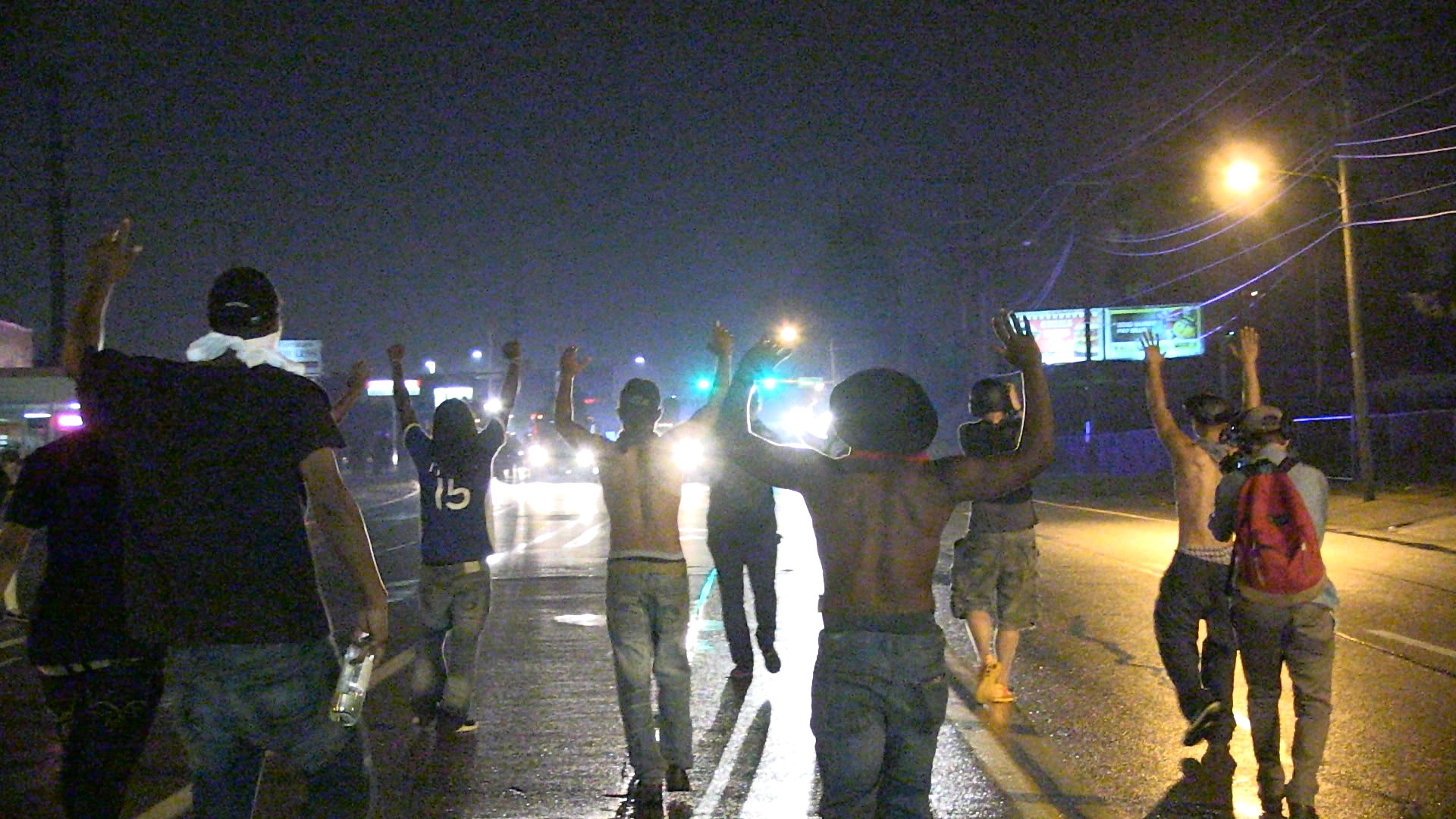There were just 23 executions carried out in the U.S. in 2017, a slight uptick from 20 executions in 2016, but far below the 98 executions states carried out in 1999. While 31 states still have a death penalty, sentences and executions have been trending downward for a generation.Today, states are scrambling to find drugs to use in lethal injections, thanks in part to drug companies’ increasing reluctance to allow states to use their products to kill people. This shortage, and the fact that existing supplies are expiring, will make it even harder for states to carry out the death penalty in 2018, even though U.S. courts handed out 39 more death sentences in 2017, according to a Death Penalty Information Center report released in mid-December.The lack of drugs will keep people on death row longer, and leave states looking for alternatives. “In the long term, it looks as though death sentences and executions are going to remain low,” Death Penalty Information Center Executive Director Robert Dunham told the Guardian. “Certainly they are going to remain low compared to the levels a generation ago.”Even when substitutes can be found for preferred lethal injection drugs, they don’t always work properly, causing botched executions and forcing some states to press pause on their death chambers. Ohio, for example, resumed executions in 2017 after a three-year break caused by a shortage of drugs. The state managed to find new drugs and rewrote its injection protocol, but it kept using midazolam, a sedative that’s been found in several botched executions.READ: Arkansas goes through with double execution despite allegations one inmate was "gasping for air"Popular support for the death penalty is at a 45-year low -- 55 percent of Americans told Gallup that they still believed in using it on convicted murderers. In certain states, residents have doubled down on capital punishment. Voters in Oklahoma, California, and Nebraska all voted in favor of measures that preserved capital punishment in the November 2016 elections.A handful of states appear determined to keep the death penalty going in 2018, even if it means experimenting with previously untested drugs or reverting to more traditional execution methods.In 2017, Oklahoma and Mississippi both authorized the use of “nitrogen hypoxia” as a backup execution method, in case either state is barred from administering lethal injections, according to the Death Penalty Information Center. Filling an inmate’s lungs with nitrogen gas induces a painless death, advocates say, though skeptics point out that this method has never been tried in a state-sanctioned setting in the United States.That the future of the American death penalty may be gas-based executions is somewhat surprising, given that lethal injection was originally framed as the next step in an evolution away from more traditional methods like the gas chamber. Lethal injection was originally adopted because it seemed “medical,” University of California, Berkeley Law professor Franklin Zimring explained to VICE News earlier this year.As states struggle to secure their first- or even second-choice lethal injection drugs, Florida tried out a new sedative called etomidate when it executed 53-year-old double-murderer Mark Asay, in August. That execution, Florida’s first in 20 months, “took place without incident,” Florida Department of Corrections spokesperson Ashley Cook told VICE News shortly afterward.Etomidate, which officials used to knock Asay unconscious before administering a paralytic and a lethal dosage of an acid, had never been used in an American execution before. However, it’s next to impossible to predict whether other states will be able to secure more — like Florida, many of the states that actively practice the death penalty have secrecy laws that allow them to obscure the source of their lethal injection drugs.Nevada had planned to execute Scott Dozier, who was sentenced to death for two murders in the early 2000s, using fentanyl, the opioid linked to soaring overdose deaths in the United States. Experts argued the state’s lethal injection protocol “doesn’t make much sense,” since Nevada planned to also use diazepam, which — like fentanyl — is deadly and can cause unconsciousness. Using both drugs would be redundant.Dozier’s November execution was postponed, however, after lawyers challenged Nevada’s plan to use a third drug, cisatracurium, to paralyze him. If the diazepam or fentanyl weren’t administered correctly, an anesthesiologist testified, Dozier could suffer during the execution and officials wouldn’t be able to tell.Ronnie Lee Gardner was the most recent person to be executed by firing squad in the United States, by a group of five Utah marksmen in 2010, but Mississippi and Oklahoma also allow the use of firing squads. Each state still officially prefers using lethal injections, but this method may have a champion in Washington, D.C. In a February dissent, Supreme Court Justice Sonia Sotomayor wondered if lethal injection was “our most cruel experiment yet” and pointed out that firing squads have led to very few botched executions.An Ohio inmate who requested death by firing squad was rebuffed by a federal judge in November 2017, who ruled that he hadn't made a strong enough argument for why doctors wouldn’t be able to find a vein for a lethal injection. (That inmate, Alva Campbell, later earned the dubious honor of becoming the third person in modern U.S. history to survive his own execution when officials did in fact fail to find a usable vein.)New York Law School professor Robert Blecker, who supports the death penalty, says he’d welcome a return to the firing squad. All forms of lethal injection — and the image of an inmate strapped to a gurney, complete with an IV — appear too medical, he says. That imagery can confuse people about the true nature of the death penalty, which is to punish people.“Part of what’s so pernicious about this lethal injection controversy is it’s shifting responsibility away from what we’re really doing,” Blecker explained. “Let the punishment fit the crime.”
Advertisement
Advertisement
Nitrogen hypoxia
Etomidate
Advertisement
Fentanyl
Firing squad
